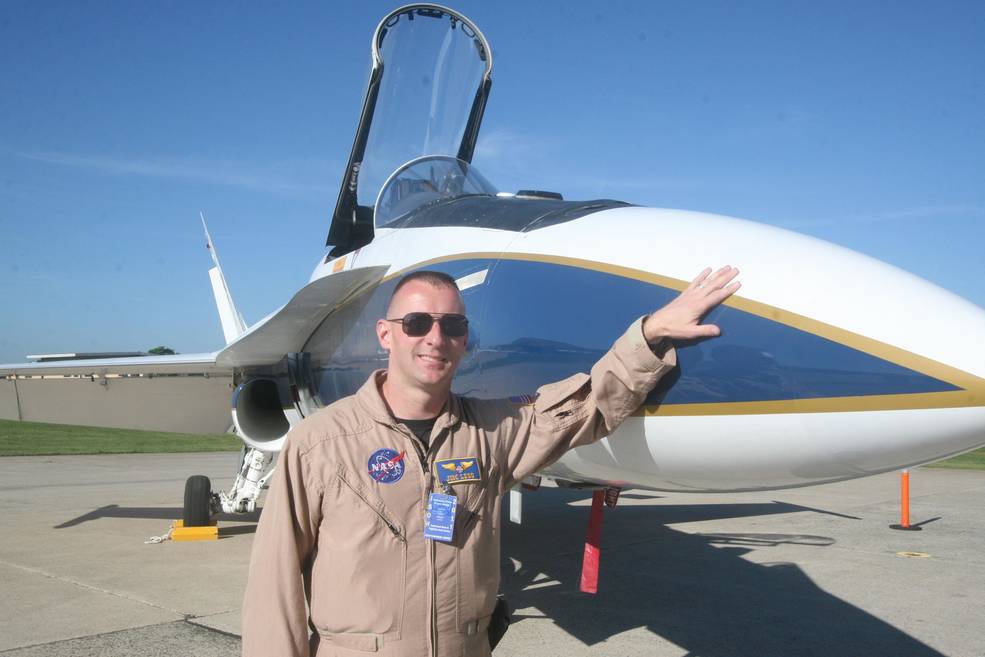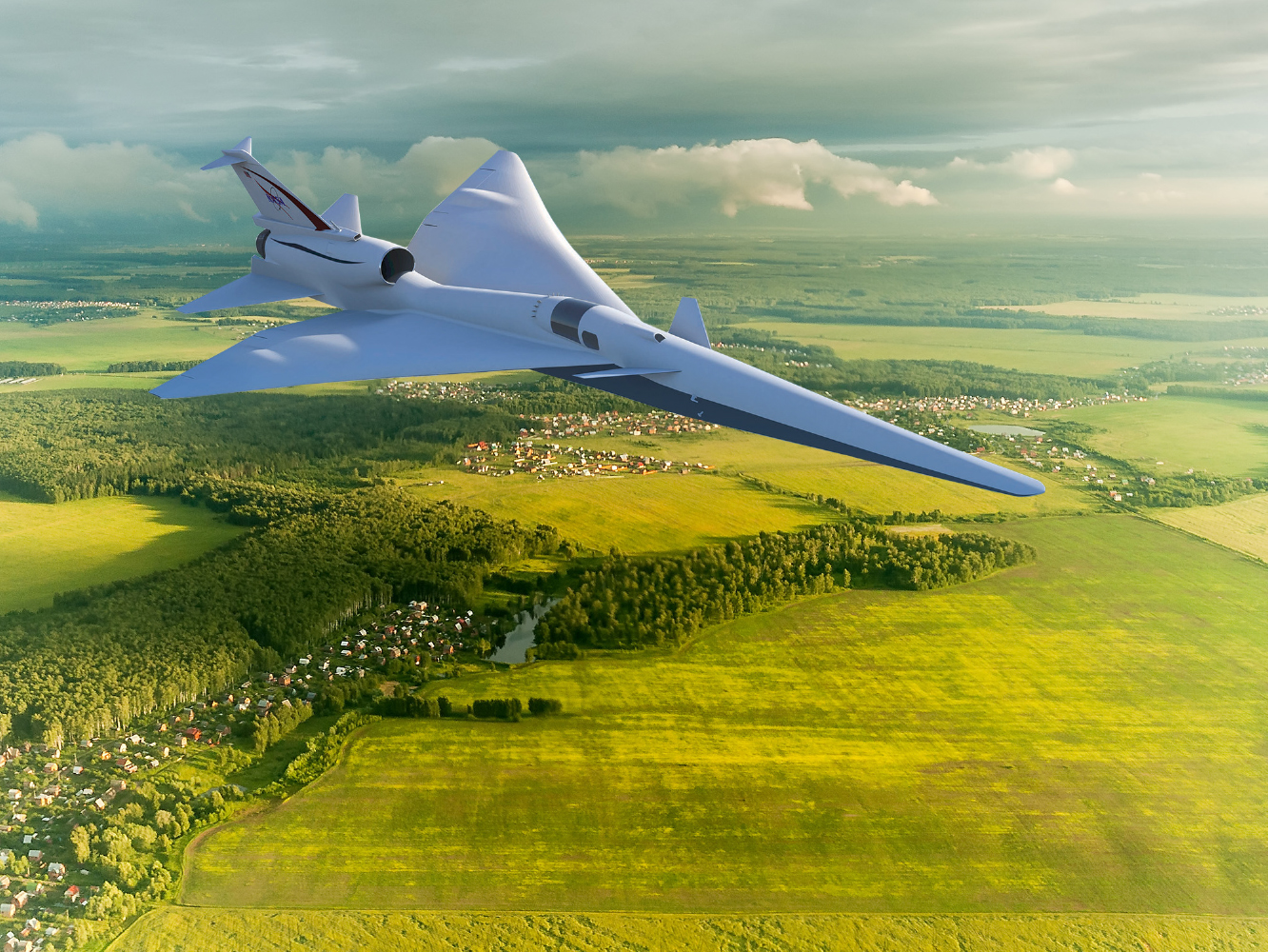Why a Fighter Jet Is Testing 'Quiet' Supersonic Booms Over Texas for NASA
This November, onlookers will get to hear a so-called "quiet" sonic boom as a supersonic military jet zips through the skies of Galveston, Texas, according to NASA.
NASA is trying to build a supersonic jet that can break the sound barrier while avoiding earsplitting sonic booms altogether, Live Science previously reported — but the agency is not there yet.
So instead, they're testing another supersonic plane, an F/A-18 Hornet aircraft, to investigate the impact of ordinary and quieter sonic booms so that NASA can determine how much sonic noise people on the ground deem acceptable in their everyday lives. [Supersonic! The 10 Fastest Military Airplanes]
During the tests, the F/A-18 Hornet will dive through the air, making loud sonic booms over the Gulf of Mexico and quieter booms over the coastal city of Galveston. By rating the feedback from the audio sensors and about 500 local volunteers on the ground, NASA scientists will get a better idea of what people think of the plane's volume.
"We'll never know exactly what everyone heard. We won’t have a noise monitor on their shoulder inside their home," Alexandra Loubeau, NASA’s team lead for sonic boom community response research at Langley, Virginia, said in a statement. "But we’d like to at least have an estimate of the range of noise levels that they actually heard."

This past spring, NASA awarded Lockheed Martin Aeronautics Company a $247.5 million contract to construct a quiet supersonic plane dubbed the X-59 "QueSST." This plane will be shaped so that supersonic shock waves do not coalesce to form loud sonic booms, the disruptive sounds that led the government to ban supersonic flight over the United States in 1973, NASA reported.

The QueSST is expected to debut by the end of 2021, NASA said. In the meantime, flight tests — such as the ones in Galveston with the F/A-18 Hornet — will help the agency gather data that may one day help lift federal and international bans on supersonic flight over land, NASA said. If new regulations are written, it could open up a new market for commercial supersonic air travel, according to the statement.
Get the Space.com Newsletter
Breaking space news, the latest updates on rocket launches, skywatching events and more!
But these new regulations may still be years away. NASA isn't planning to do community overflights with the QueSST until 2023, the agency said.
"This is why the F/A-18 is so important to us as a tool," Haering said. "While construction continues on the X-59, we can use that diving maneuver to generate quiet sonic thumps over a specific area."
Moreover, volunteer feedback on the F/A-18 flight tests will help scientists develop better survey questions, noise measurements and data analysis for the QueSST's eventual test flights, NASA said.
To see the F/A-18 in action, watch the above NASA video from a flight at the Armstrong Flight Research Center. A normal sonic double boom happens at 0:43, and a low boom occurs at 2:34, when the plane performs a special dive maneuver.
Original article on Live Science.
Join our Space Forums to keep talking space on the latest missions, night sky and more! And if you have a news tip, correction or comment, let us know at: community@space.com.

Laura is an editor at Live Science. She edits Life's Little Mysteries and reports on general science, including archaeology and animals. Her work has appeared in The New York Times, Scholastic, Popular Science and Spectrum, a site on autism research. She has won multiple awards from the Society of Professional Journalists and the Washington Newspaper Publishers Association for her reporting at a weekly newspaper near Seattle. Laura holds a bachelor's degree in English literature and psychology from Washington University in St. Louis and an advanced certificate in science writing from NYU.










